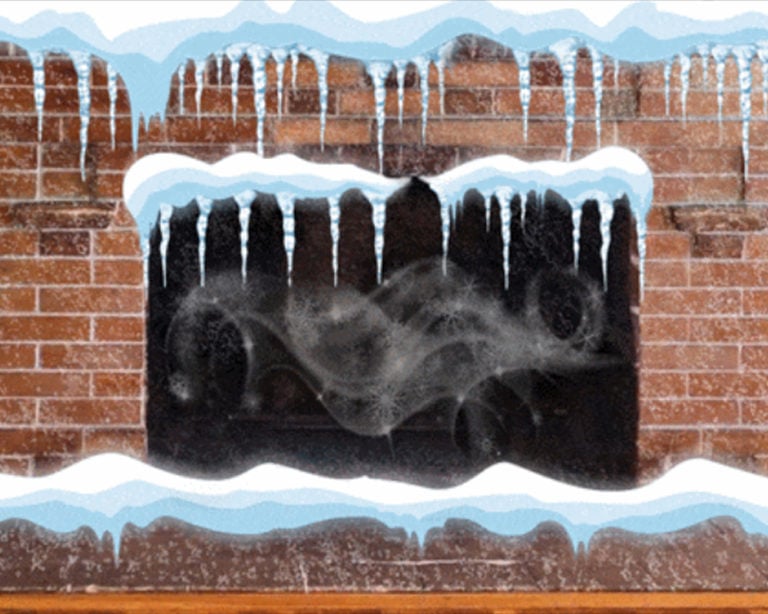About Chimney Damper
A chimney damper is a unit that seals off the chimney when it’s not in use. This ensures that the cool or warm air remains in the house. Chimney dampers come in different designs and you can install them just above the fireplace or at the top of the chimney using a chimney damper cap.
In addition to conserving energy, chimney dampers also serve other functions. For example, they also aid in keeping birds, animals and debris from getting into your home through the chimney flue.
If you install the damper at the top of your chimney, the damper will prevent large animals such as raccoons from accessing your home.
According to chimney technicians, dampers also aid in preventing rainwater from getting into your house.
Guide on how to clean your chimney damper
Just like any other part of your house, the damper gets dirty from ash and other debris. To maintain the damper in good working condition you should clean it as part of your regular routine.
You should start by sweeping out the fireplace using a small broom. You should remove all the ashes and any debris that might be there.
You should then line the floor of the fireplace with old newspapers and then remove the chimney damper plate. You should note that there are many ways of installing chimney damper; therefore, you should be keen when removing it.
If your damper is connected to its support using screws or cotter pins, you should carefully remove the screws and then slowly pull the damper out of the chimney. If there are any ashes you should remove them from the plate and damp them in the trash.
Once you are done you should hold the damper over the newspapers and scrape it with a wire brush in order to remove the large chunks of soot. You should clean the inside and outside of the damper to remove all the soot. Once clean you should rinse it with clean water and replace it back into the chimney.
Conclusion
To conserve energy, it’s wise that you consider undertaking chimney damper installation. For it to give you the right results you should ensure that it’s installed by a professional. For it to last for a long time, you should regularly maintain it by cleaning. It’s also wise that you hire a chimney repair professional to take a look at your chimney at least once a year.
The post Blog first appeared on First Class Chimney Services.
This post first appeared on https://www.firstclasschimneyservices.com

 4. Condition of the fireplace and vent system
4. Condition of the fireplace and vent system
 Drafting obstructions
Drafting obstructions Damage to chimney components
Damage to chimney components

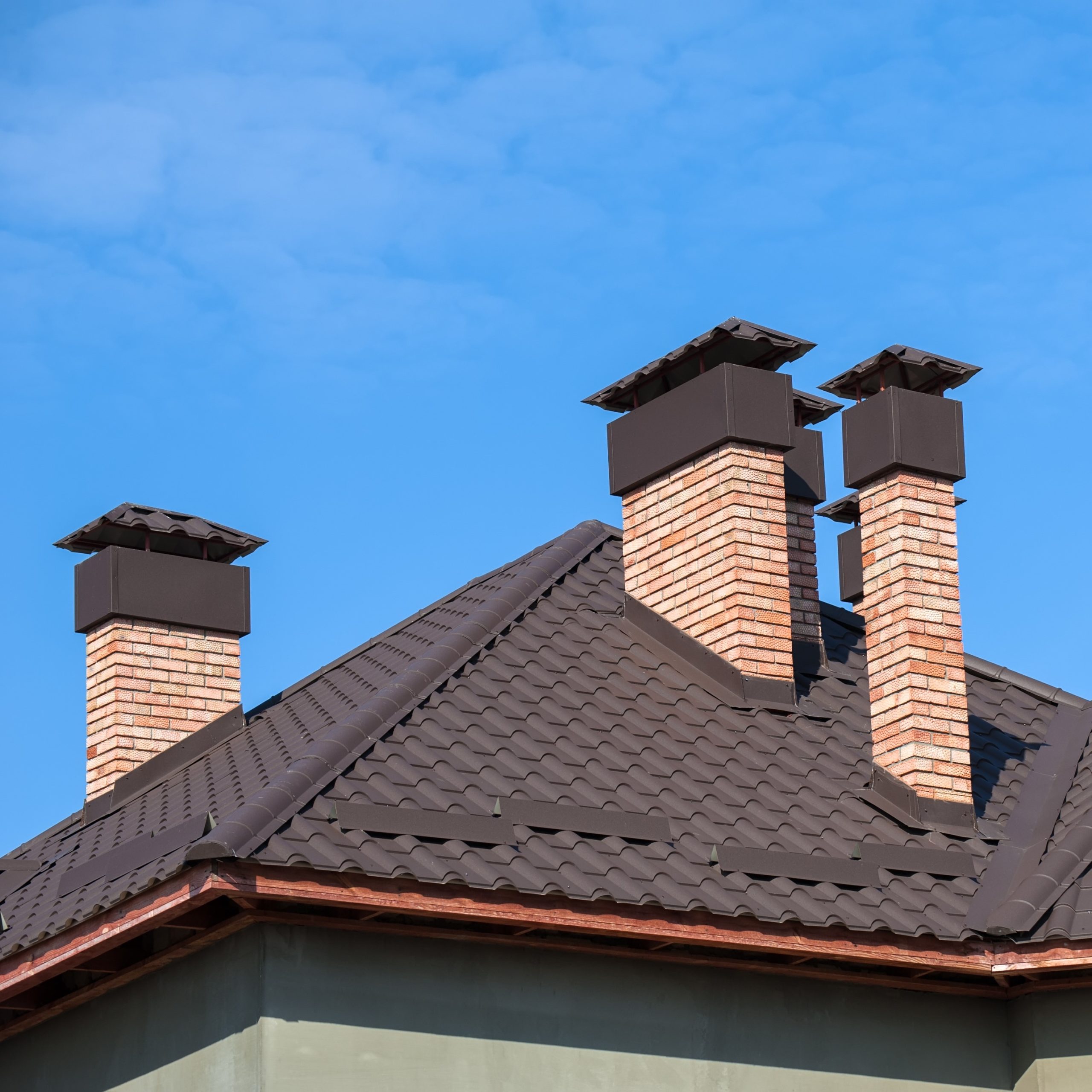 Chimney cap vs. flue cover
Chimney cap vs. flue cover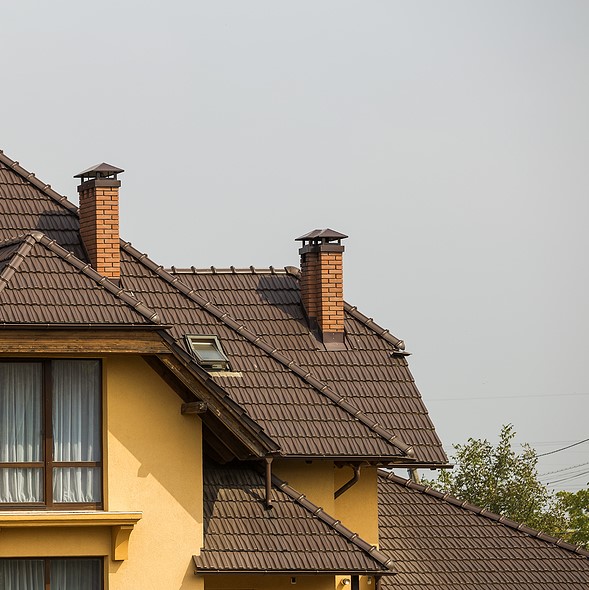 3. Block rain and snow
3. Block rain and snow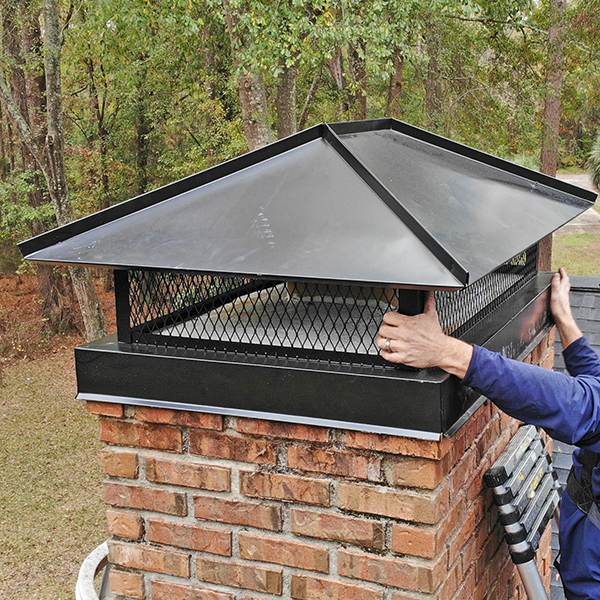 What is a Chimney Cap?
What is a Chimney Cap?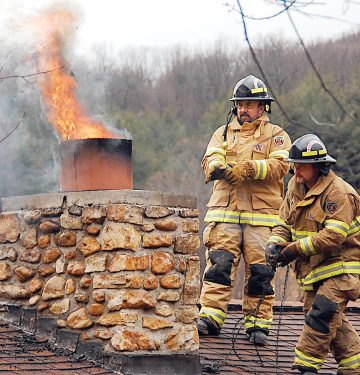 Fire Prevention
Fire Prevention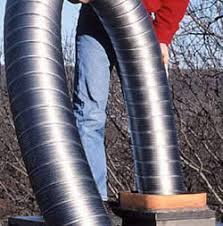 Let’s talk about
Let’s talk about 